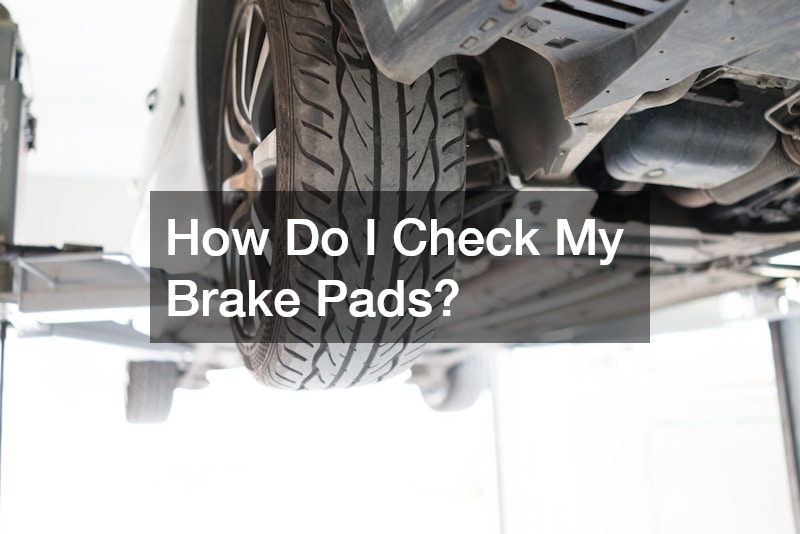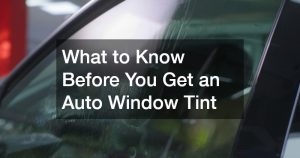Regularly checking your brake pads is essential for maintaining your vehicle’s safety and performance. Worn-out brake pads can lead to decreased braking efficiency and may cause damage to your brake system. Here’s a step-by-step guide on how to check your brake pads effectively.
1. Gather Your Tools
Before you start, make sure you have the necessary tools. You’ll typically need:
A jack and jack stands or ramps
A lug wrench
A flashlight
A ruler or a brake pad thickness gauge
Safety gloves and glasses
2. Park Safely and Prepare Your Vehicle
Choose a safe, flat surface to park your vehicle. Engage the parking brake and turn off the ignition.
If you’re using a jack, loosen the lug nuts on the wheel you’ll be checking before lifting the vehicle. This makes it easier to remove the wheel once the car is elevated.
3. Lift the Vehicle
Using your jack, lift the vehicle until the wheel is off the ground. Once elevated, securely place jack stands beneath the vehicle for safety. Ensure the vehicle is stable before proceeding to remove the wheel.
4. Remove the Wheel
Using the lug wrench, remove the loosened lug nuts and take off the wheel. Set the wheel aside in a safe place. You should now have clear access to the brake assembly.
5. Inspect the Brake Pads
Look at the brake pads on either side of the brake rotor. Ideally, they should be at least 1/4 inch thick. If you have a ruler or a brake pad thickness gauge, measure the thickness of the pads. If the pads are less than 1/8 inch thick, it’s time to replace them.
6. Check for Uneven Wear
As you inspect the brake pads, look for signs of uneven wear. The inner and outer pads should wear evenly; if one side is significantly thinner than the other, it could indicate a problem with your brake system, such as a sticking caliper.
7. Listen for Any Unusual Noises
While you’re inspecting the brakes, pay attention to any unusual sounds when the vehicle is in motion. Squeaking or grinding noises can indicate that the pads are worn out or that there’s debris caught in the brake system.
8. Reassemble the Wheel
Once you’ve completed your inspection and noted any issues, put the wheel back on. Hand-tighten the lug nuts, lower the vehicle back to the ground, and then fully tighten the lug nuts in a crisscross pattern to ensure even tightening.
Watch the video above to learn more about how to check brake pads!.











